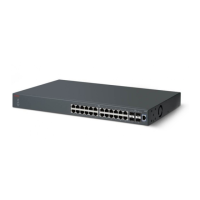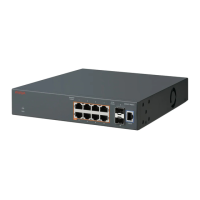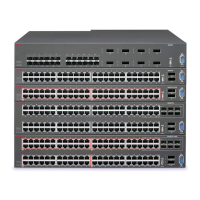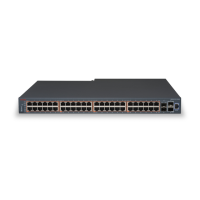• creating and displaying alarms for user-defined events
• gathering cumulative statistics for Ethernet interfaces
• tracking a history of statistics for Ethernet interfaces
For more information on RMON per port Statistics, History, Alarms and Events, see Avaya
Ethernet Routing Switch 3500 Series - Configuration — System Monitoring, NN47203–501.
Avaya knowledge and solution engine
The Knowledge and Solution Engine is a database of A
vaya technical documents,
troubleshooting solutions, software patches and releases, service cases, and technical
bulletins. The Knowledge and Solution Engine is searchable by natural-language query.
Service Level Agreement (SLA) Monitor
The Ethernet Routing Switch 3500 Series supports the SLA Monitor agent as part of the A
vaya
SLAMon solution.
SLAMon uses a server and agent relationship to perform end-to-end network Quality of Service
(QoS) validation, and acts as a distributed monitoring device. You can use the test results to
target under-performing areas of the network for deeper analysis.
Server and agent
The Routing Switch 3500 Series supports the SLA Monitor agent. You must have an SLA
Monitor server in your network to use the SLA Monitor feature. Most of the SLA Monitor
configuration occurs on the server. Configuration on the SLA Monitor agent is minimal.
The SLA Monitor server initiates the SLA Monitor functions on one or more agents. The agents
run specific QoS tests at the request of the server. Agents exchange packets between one
another to conduct the QoS tests. SLA Monitor can monitor a number of key items, including
the following:
• network paths
• Differentiated Services Code Point (DSCP) markings
• loss
• jitter
• delay
The following figure illustrates an SLA Monitor implementation
Avaya knowledge and solution engine
Troubleshooting 5.1 February 2013 21

